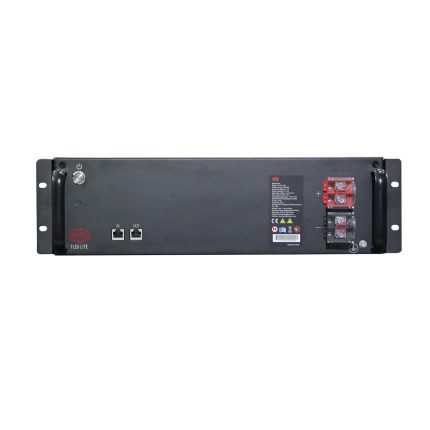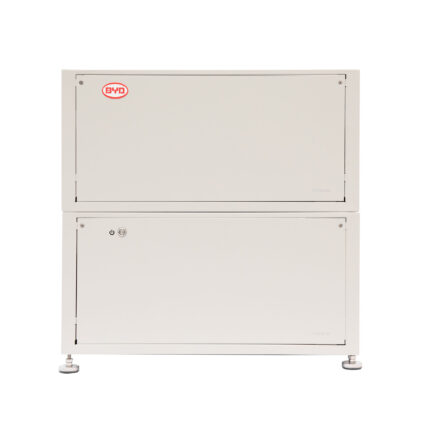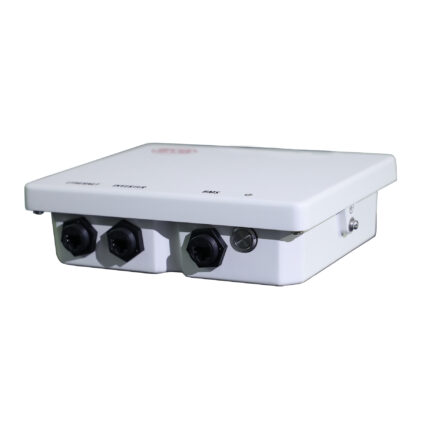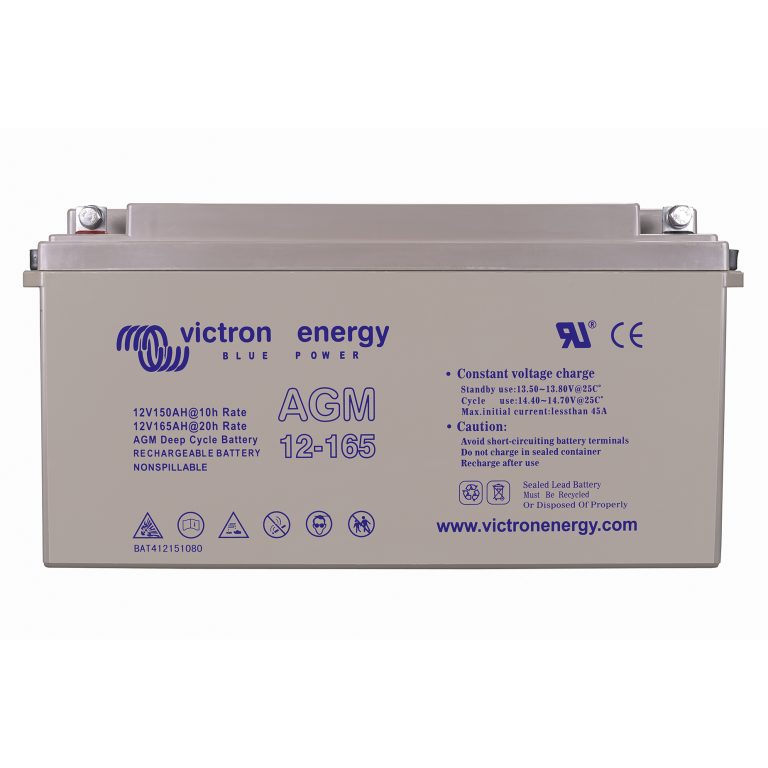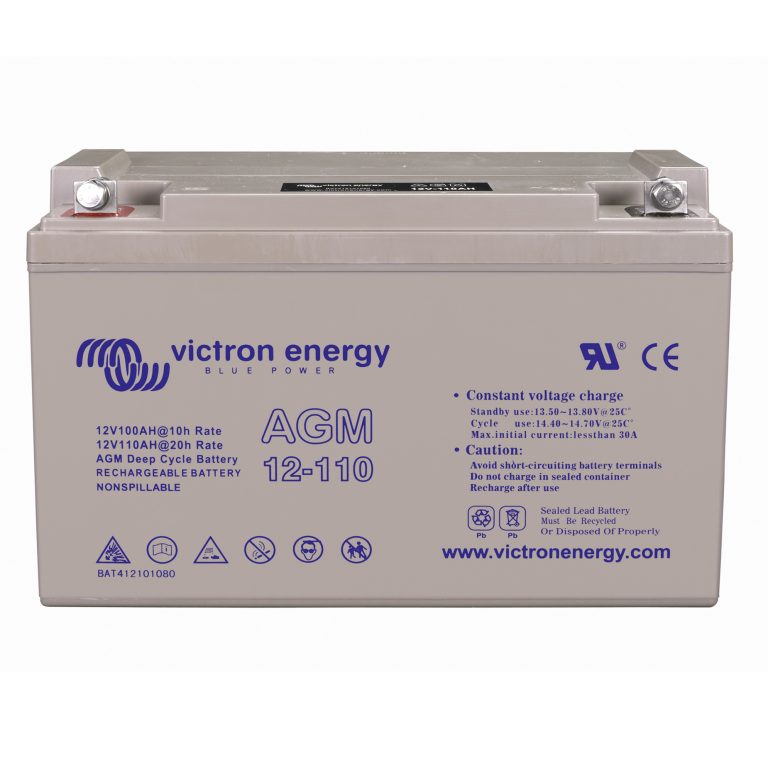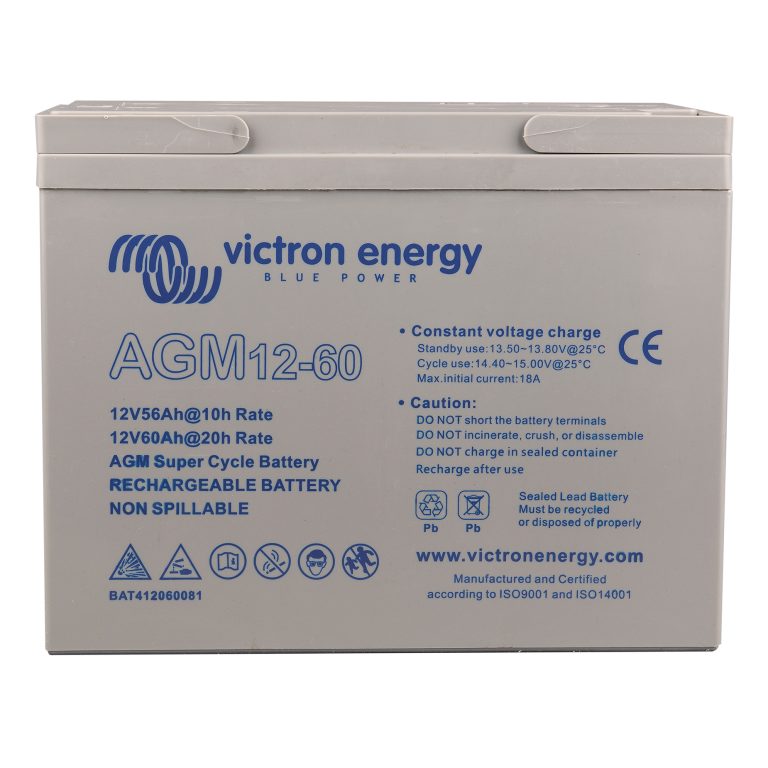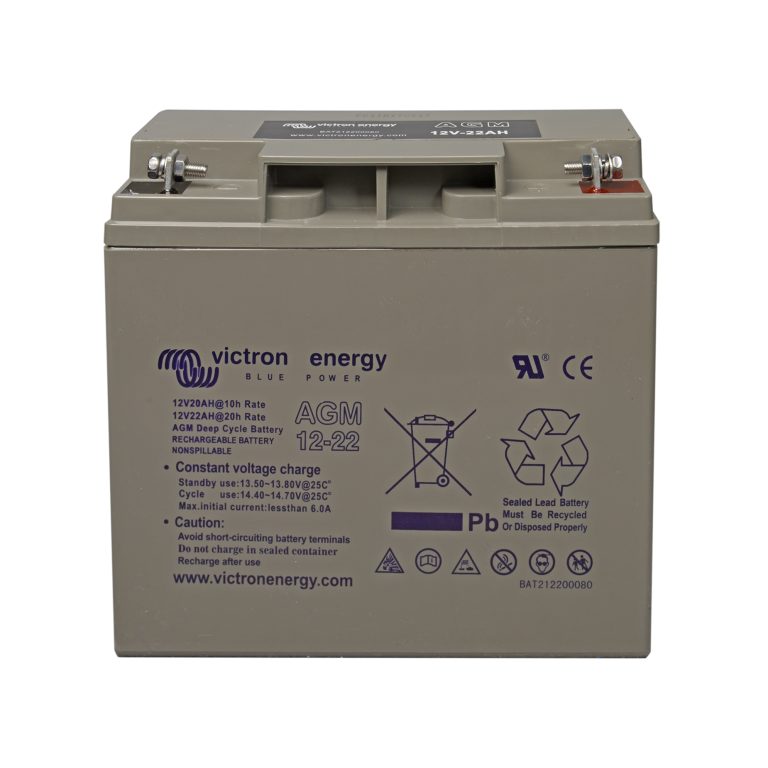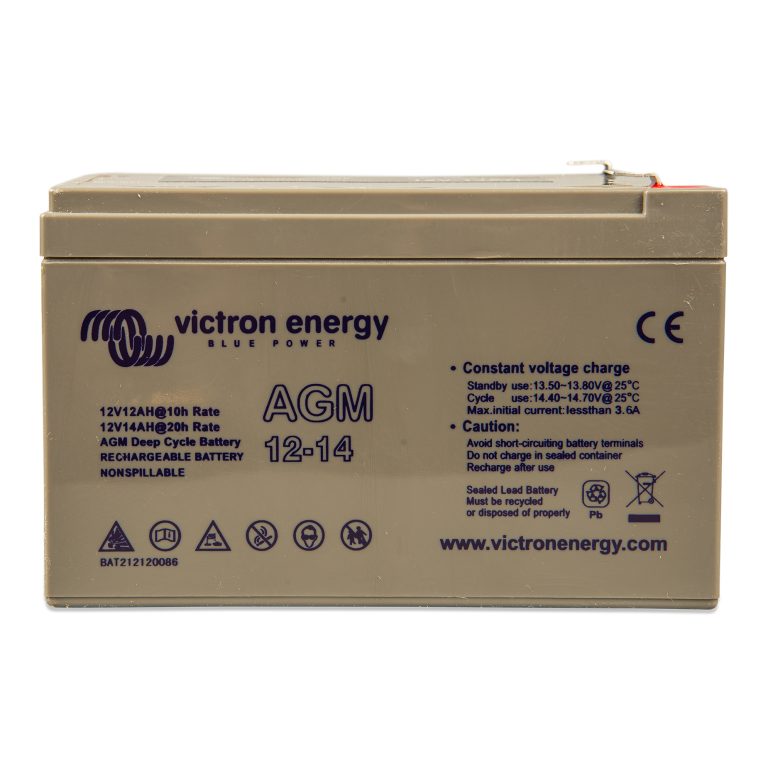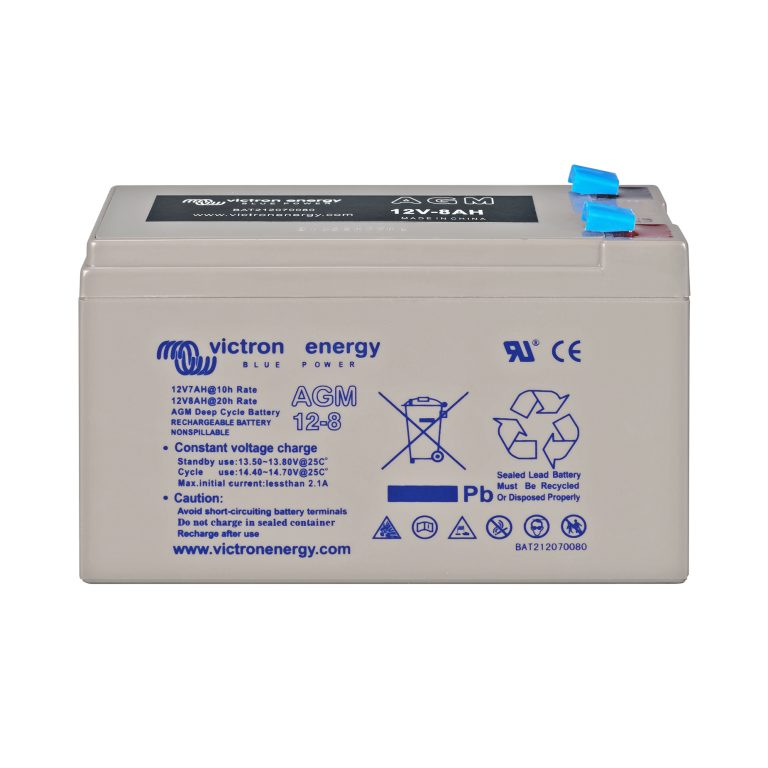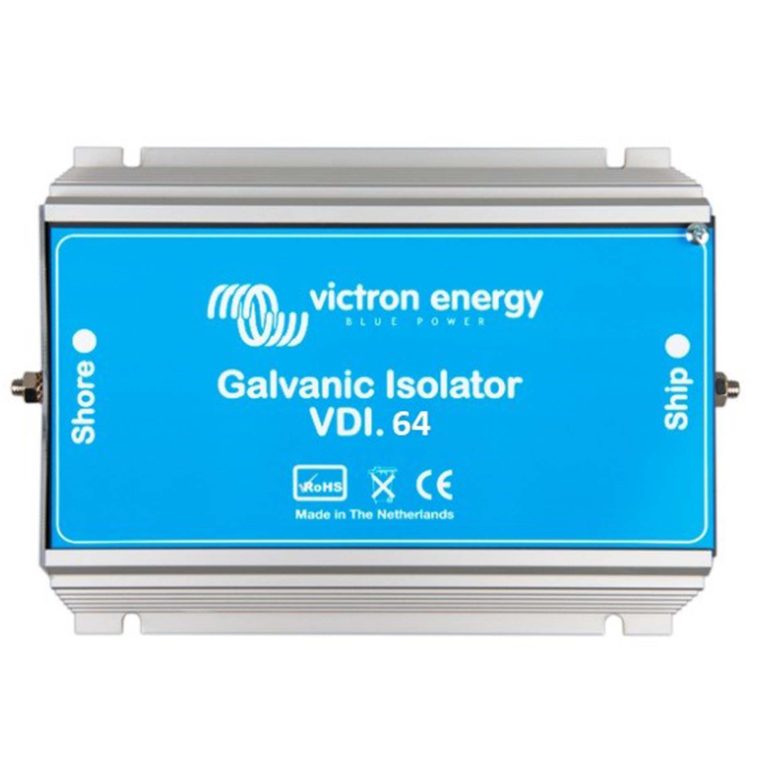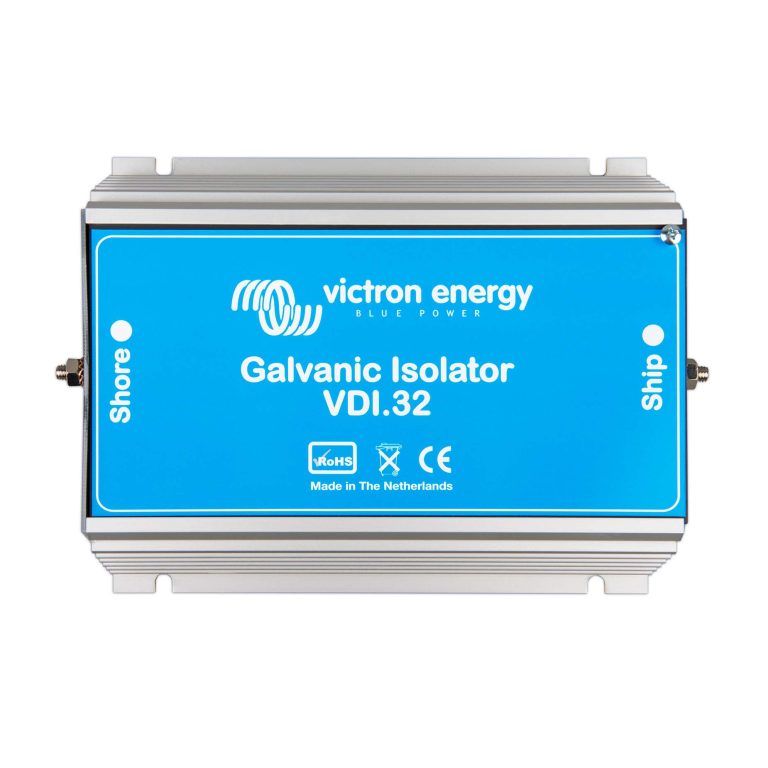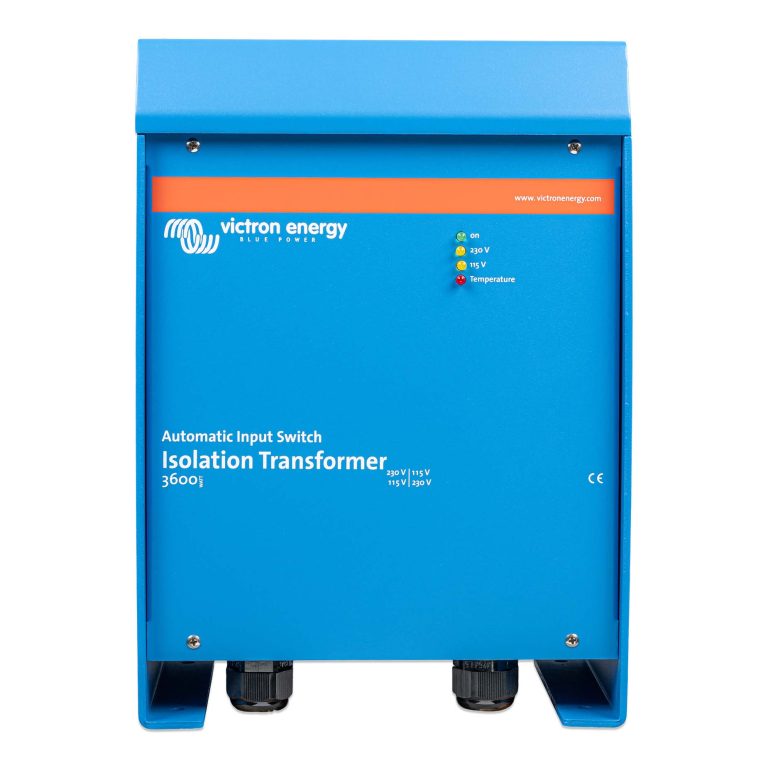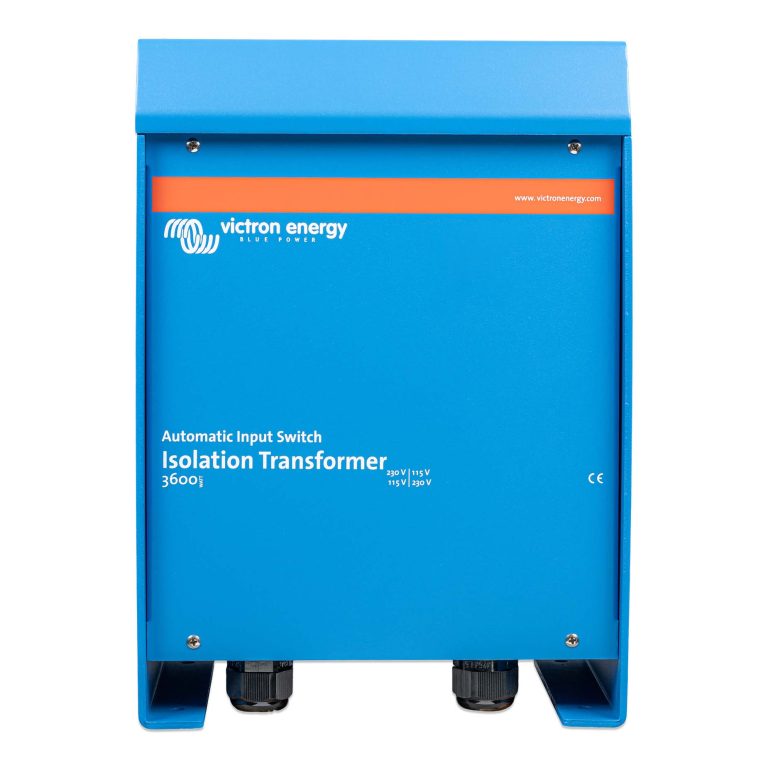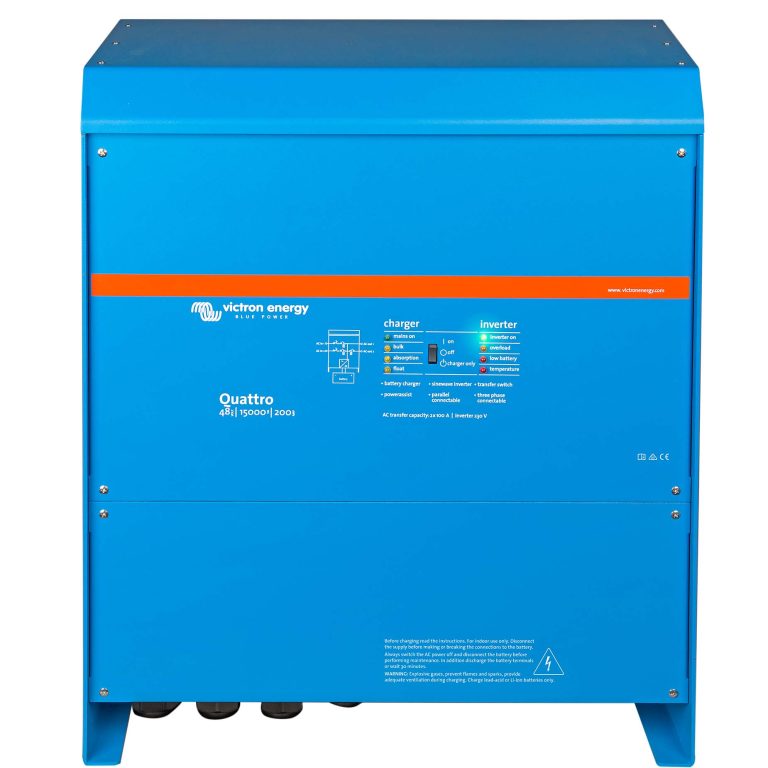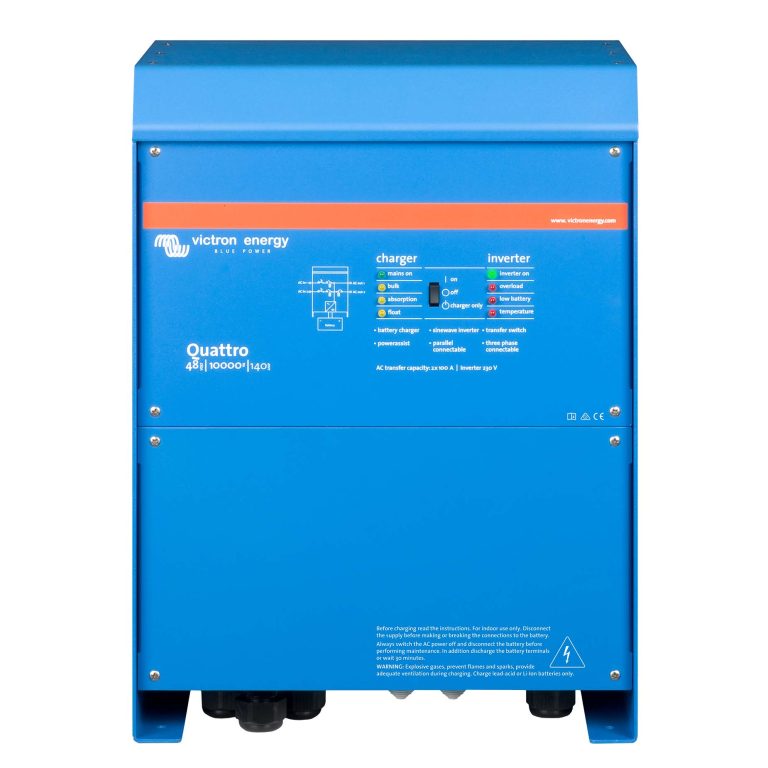PRODUCTS
Victron
- Uncategorized2 products
- BYD7 products
- Inverter0 products
- MG5 products
- Super B11 products
- Victron423 products
- Accessories59 products
- Battery monitors & batteries98 products
- AGM Battery11 products
- AGM Telecommunications Battery3 products
- Battery Isolators and Combiners19 products
- Battery Management System6 products
- Battery Monitors6 products
- Battery Protect8 products
- democategory0 products
- GEL Deep Cycle7 products
- Inverter/Charger/MPPT6 products
- Lithium Smart Battery19 products
- Lithium SuperPack Batteries5 products
- Peak Power Batteries3 products
- Charge & Convert189 products
- Local & remote monitoring36 products
- Solar chargers & panels45 products
Filter by price
Top rated products
Showing 109–120 of 230 resultsSorted by popularity
12V/165Ah AGM Deep Cycle Batt.
د.إ1,570.00The AGM range has very low internal resistance making them particularly suitable for high current discharge applications such as for inverters, thrusters and winches. VRLA AGM: design life 7-10 years
12V/110Ah AGM Deep Cycle Batt.
د.إ1,050.00The AGM range has very low internal resistance making them particularly suitable for high current discharge applications such as for inverters, thrusters and winches. VRLA AGM: design life 7-10 years
12V60Ah AGM Deep Cycle Batt.
د.إ570.00The AGM range has very low internal resistance making them particularly suitable for high current discharge applications such as for inverters, thrusters and winches. VRLA AGM: design life 7-10 years
12V22Ah AGM Deep Cycle Batt.
د.إ210.00The AGM range has very low internal resistance making them particularly suitable for high current discharge applications such as for inverters, thrusters and winches. VRLA AGM: design life 7-10 years
12V/14Ah AGM Deep Cycle Batt.
د.إ150.00The AGM range has very low internal resistance making them particularly suitable for high current discharge applications such as for inverters, thrusters and winches. VRLA AGM: design life 7-10 years
12V/8Ah AGM Deep Cycle Batt.
د.إ90.00The AGM range has very low internal resistance making them particularly suitable for high current discharge applications such as for inverters, thrusters and winches. VRLA AGM: design life 7-10 years
Galvanic Isolator VDI-64 A
د.إ1,100.00The galvanic isolator prevents electrolytic corrosion. It blocks low voltage DC currents that enter your boat via the shore power earth wire. These currents can cause corrosion to the boat’s underwater metals, like the hull, propeller, shaft and so on.
The galvanic isolator consists internally of two diodes which are connected in anti-parallel fashion. When they are connected in this way, the diodes allow current in both directions but only above a certain threshold voltage. The voltage at which diodes conduct is about 1.4 Vdc.
The isolator is installed directly behind your boat’s 230V connection. The forward voltage from the galvanic isolator is higher than the potential difference between metals. As a result, this voltage will not allow conduction and as such, the galvanic isolator will prevent any electrolytic current. However, if there is a (higher) error voltage in the AC circuit, the diodes will allow current through and the residual-current device will break the circuit.
Galvanic Isolator Waterproof (potted)
Maximum current 32 A
Peak current (20 ms) 3200 A
Connection M6
Heat sink
Material Anodized aluminium
Protection category IP 67
Galvanic Isolator VDI-32 A
د.إ890.00The galvanic isolator prevents electrolytic corrosion. It blocks low voltage DC currents that enter your boat via the shore power earth wire. These currents can cause corrosion to the boat’s underwater metals, like the hull, propeller, shaft and so on.
The galvanic isolator consists internally of two diodes which are connected in anti-parallel fashion. When they are connected in this way, the diodes allow current in both directions but only above a certain threshold voltage. The voltage at which diodes conduct is about 1.4 Vdc.
The isolator is installed directly behind your boat’s 230V connection. The forward voltage from the galvanic isolator is higher than the potential difference between metals. As a result, this voltage will not allow conduction and as such, the galvanic isolator will prevent any electrolytic current. However, if there is a (higher) error voltage in the AC circuit, the diodes will allow current through and the residual-current device will break the circuit.
Galvanic Isolator Waterproof (potted)
Maximum current 32 A
Peak current (20 ms) 3200 A
Connection M6
Heat sink
Material Anodized aluminium
Protection category IP 67
Isolation Tr. 3600W Auto 115/230V
د.إ2,560.00“Safety and prevention of galvanic corrosion
The Isolation Transformer eliminates any electrical continuity between AC shore power and the boat. It is essential for safety and eliminates the need for galvanic isolators and polarity alarms.
Safety is taken for granted in case of a normal on-shore installation. A fuse will blow or a GFCI (Ground Fault Current Interrupter) will trip in case of a short circuit or current leakage to ground. Connecting the ground wire of
the shore-side supply to the metal parts of the boat will result in galvanic corrosion (see below). Bringing only the
live and neutral wire on board results in an unsafe situation because GFCIs will not work nor will a fuse blow in
case of a short circuit to a metal part on the boat.
Galvanic corrosion occurs when two dissimilar metals in electrical contact are simultaneously exposed to an
electrically conducting fluid. Seawater and, to a lesser extent, fresh water are such fluids. In general, the more
active alloy of the couple corrodes preferentially while the less active (more noble) material is cathodically
protected. The rate of galvanic corrosion is a function of several variables including area ratios, conductivity of the
fluid, temperature, nature of the materials, etc.
It is a misunderstanding that galvanic corrosion occurs only in metal and aluminium hulls. In fact it can occur on
any boat as soon as a metallic part (the shaft and propeller) is in contact with water. Galvanic corrosion will
quickly dissolve your sacrificial anodes, and attack the shaft, propeller and other metal parts in contact with water
as soon as the boat is connected to the shore-side supply.
It might therefore be tempting not to connect the ground conductor: this is however extremely dangerous
because GFCIs will not work nor will a fuse blow in case of a short circuit to a metal part on the boat.”
Isolation Trans.3600W 115/230V
د.إ2,450.00
“Safety and prevention of galvanic corrosion
The Isolation Transformer eliminates any electrical continuity between AC shore power and the boat. It is essential for safety and eliminates the need for galvanic isolators and polarity alarms.
Safety is taken for granted in case of a normal on-shore installation. A fuse will blow or a GFCI (Ground Fault Current Interrupter) will trip in case of a short circuit or current leakage to ground. Connecting the ground wire of
the shore-side supply to the metal parts of the boat will result in galvanic corrosion (see below). Bringing only the
live and neutral wire on board results in an unsafe situation because GFCIs will not work nor will a fuse blow in
case of a short circuit to a metal part on the boat.
Galvanic corrosion occurs when two dissimilar metals in electrical contact are simultaneously exposed to an
electrically conducting fluid. Seawater and, to a lesser extent, fresh water are such fluids. In general, the more
active alloy of the couple corrodes preferentially while the less active (more noble) material is cathodically
protected. The rate of galvanic corrosion is a function of several variables including area ratios, conductivity of the
fluid, temperature, nature of the materials, etc.
It is a misunderstanding that galvanic corrosion occurs only in metal and aluminium hulls. In fact it can occur on
any boat as soon as a metallic part (the shaft and propeller) is in contact with water. Galvanic corrosion will
quickly dissolve your sacrificial anodes, and attack the shaft, propeller and other metal parts in contact with water
as soon as the boat is connected to the shore-side supply.
It might therefore be tempting not to connect the ground conductor: this is however extremely dangerous
because GFCIs will not work nor will a fuse blow in case of a short circuit to a metal part on the boat.”
Quattro 48/15000/200-100/100 230V VE.Bus
د.إ12,960.00Similar to the MultiPlus, the Quattro is also a combined inverter and charger. Additionally it can accept two AC inputs and automatically connect to the active source. Its many features include a true sine wave inverter, adaptive charging, hybrid PowerAssist technology plus multiple system integration features such as three or split phase operation and parallel operation.Two AC inputs with integrated transfer switch
The Quattro can be connected to two independent AC sources, for example the public grid and a generator, or two
generators. The Quattro will automatically connect to the active source.
Two AC Outputs
The main output has no-break functionality. The Quattro takes over the supply to the connected loads in the event of a grid
failure or when shore/generator power is disconnected. This happens so fast (less than 20 milliseconds) that computers and
other electronic equipment will continue to operate without disruption.
The second output is live only when AC is available on one of the inputs of the Quattro. Loads that should not discharge the
battery, like a water heater for example, can be connected to this output.
Split phase and three phase capability
Two units can be configured for split phase, and three units can be configured for three phase output. But that’s not all: up to
4 sets of three units can be parallel connected to provide 96W / 120kVA inverter power and more than 1600A charging
capacity
Quattro 48/10000/140-100/100
د.إ9,990.00Similar to the MultiPlus, the Quattro is also a combined inverter and charger. Additionally it can accept two AC inputs and automatically connect to the active source. Its many features include a true sine wave inverter, adaptive charging, hybrid PowerAssist technology plus multiple system integration features such as three or split phase operation and parallel operation.Two AC inputs with integrated transfer switch
The Quattro can be connected to two independent AC sources, for example the public grid and a generator, or two
generators. The Quattro will automatically connect to the active source.
Two AC Outputs
The main output has no-break functionality. The Quattro takes over the supply to the connected loads in the event of a grid
failure or when shore/generator power is disconnected. This happens so fast (less than 20 milliseconds) that computers and
other electronic equipment will continue to operate without disruption.
The second output is live only when AC is available on one of the inputs of the Quattro. Loads that should not discharge the
battery, like a water heater for example, can be connected to this output.
Split phase and three phase capability
Two units can be configured for split phase, and three units can be configured for three phase output. But that’s not all: up to
4 sets of three units can be parallel connected to provide 96W / 120kVA inverter power and more than 1600A charging
capacity

